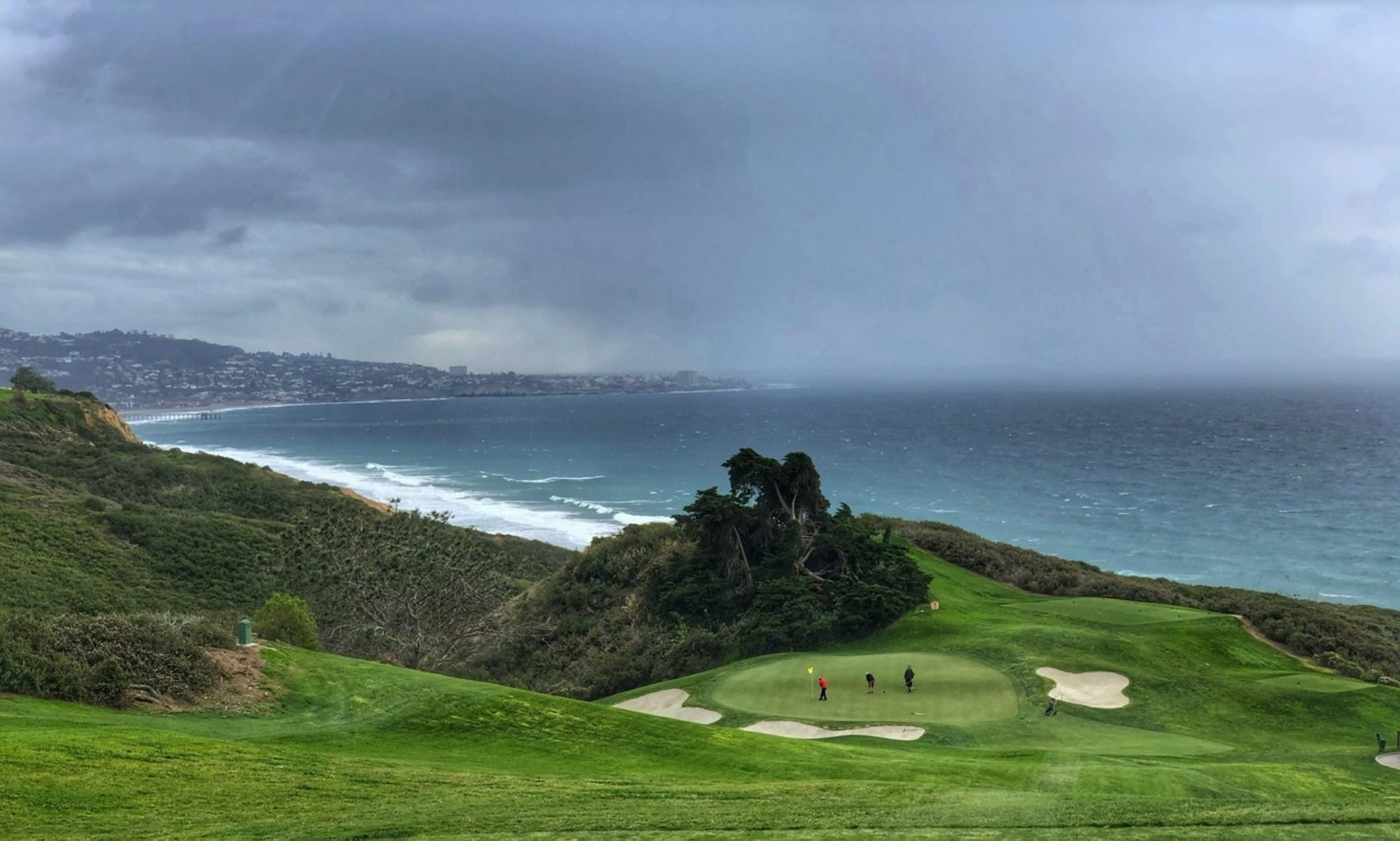Medical breakthroughs often emerge from unexpected sources, but few are as extraordinary as the discovery of GLP-1 agonists, compounds derived from the venom of the Gila monster. These molecules have revolutionized the treatment of diabetes and obesity, offering patients life-changing therapies like semaglutide and tirzepatide. With 75% of adults and 50% of teens classified as overweight or obese, these medications hold significant potential to impact public health outcomes.
As a gastroenterologist, I’m profoundly inspired by the journey that led to this discovery. It’s a story of curiosity, collaboration, and the transformative power of nature. It also underscores the critical importance of exploring venomous species for medical research and utilizing advanced techniques like chromatography to uncover therapeutic compounds.
The Gila Monster: A Surprising Source of Healing
Native to the deserts of the American Southwest, the Gila monster is a slow-moving, venomous lizard known for its tenacious bite. While its venom evolved as a defense mechanism, scientists saw potential beyond its lethality. The venom contains exendin-4, a compound remarkably similar to GLP-1, a gut hormone that regulates blood sugar and appetite.
GLP-1 plays a central role in metabolism, signaling the pancreas to release insulin and the brain to reduce hunger. This discovery was a turning point. By isolating and modifying the Gila monster’s exendin-4, researchers created the first GLP-1 receptor agonist, exenatide, paving the way for more advanced therapies like semaglutide and tirzepatide.
Chromatography: Unlocking Nature’s Secrets
The breakthrough required cutting-edge technology and meticulous research. Chromatography, a technique used to separate complex mixtures, was instrumental in analyzing the venom. Despite working with minuscule samples, scientists isolated and identified exendin-4 among a multitude of bioactive compounds.
This success highlights the power of chromatography in venom research, enabling scientists to uncover molecules with potential therapeutic benefits. It also demonstrates how even the smallest discoveries in nature can lead to monumental advances in medicine.
Collaboration: The Key to Progress
The discovery of GLP-1 agonists was a collaborative effort, bringing together experts in endocrinology, pharmacology, and gastroenterology. The interdisciplinary approach allowed the team to connect the dots between a venomous lizard and the human gut’s metabolic pathways.
This kind of collaboration is essential for modern medical research. By combining knowledge from diverse fields, we can tackle complex problems and open new frontiers in treatment.
The Value of Venom in Medicine
Venomous species, from snakes to scorpions to marine snails, are increasingly recognized as treasure troves of medicinal compounds. Their venoms contain molecules finely tuned by evolution to target specific biological pathways—making them ideal candidates for drug development.
The Gila monster’s role in modern medicine is a testament to the untapped potential of venomous species. It reinforces the need to protect biodiversity and invest in research that explores the medical applications of venom.
A Florida Perspective
As a retired gastroenterologist in Florida, I now spend more time dodging iguanas and geckos on the golf course than in the lab. Still, the allure of discovery lingers. I sometimes joke that I should stash an Erlenmeyer flask and a portable liquid chromatograph in my golf bag—just in case I stumble upon the next venomous breakthrough mid-round. Who knows? A particularly curious reptile encounter might even inspire an NIH grant application. Florida’s ecosystem is a constant reminder of the untapped potential in the natural world, from the fairways to the mangroves.
Conclusion
The story of GLP-1 agonists is more than a medical milestone—it’s a reminder of the importance of curiosity and collaboration. It challenges us to look beyond the surface and explore the natural world with an open mind, knowing that the next breakthrough could come from the most unlikely source.
By harnessing the power of venom and embracing the wonders of nature, we’re not just advancing medicine; we’re honoring the interconnectedness of life itself. And as a gastroenterologist, I’m proud to celebrate the scientific ingenuity that transformed a venomous lizard into a symbol of hope and healing.


Wonderful. So enjoy your writing! As a user of these medications over the last year and a half, I have lost 90 lbs. so I laud the Gila
Monster!!! 😄